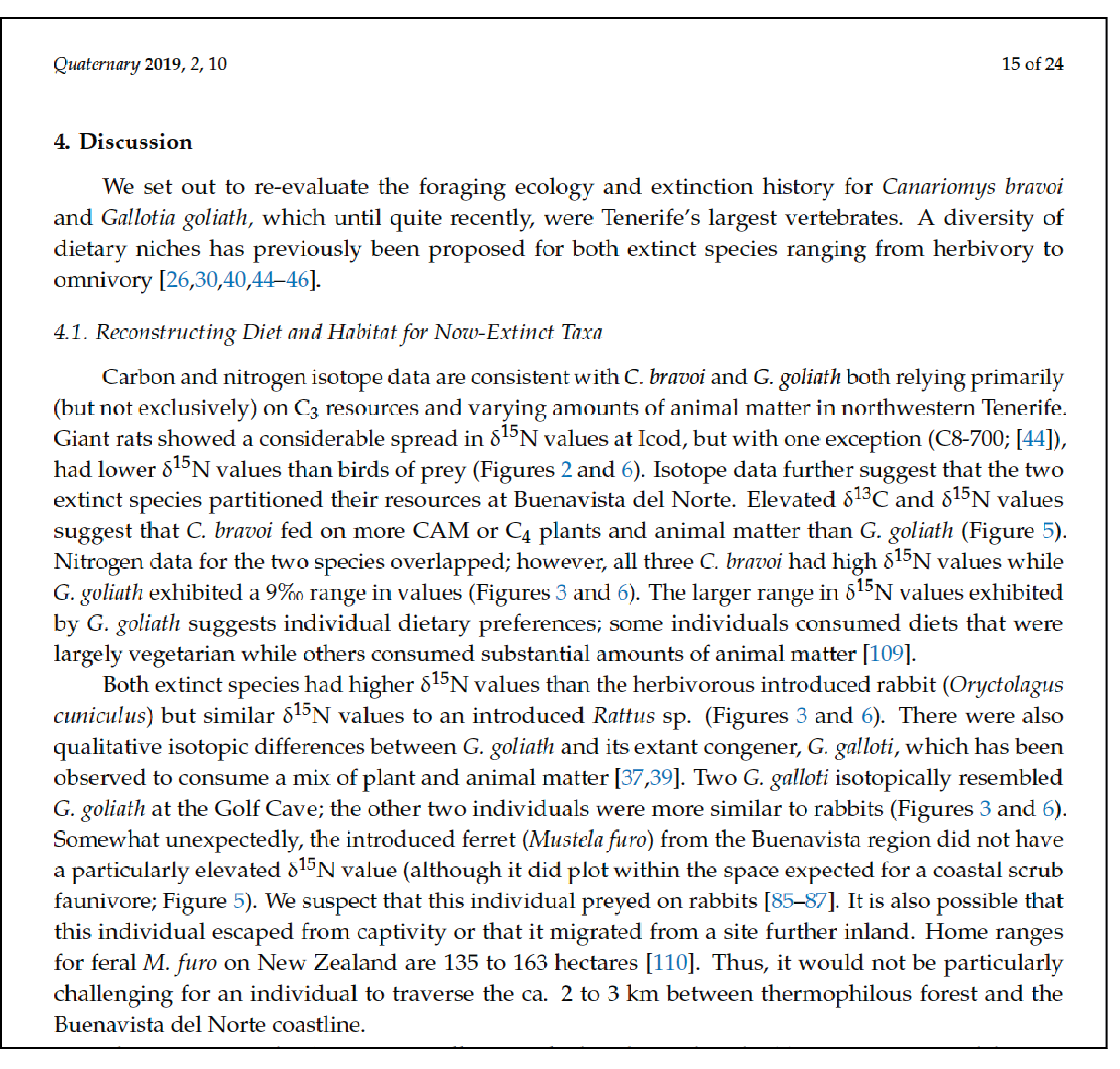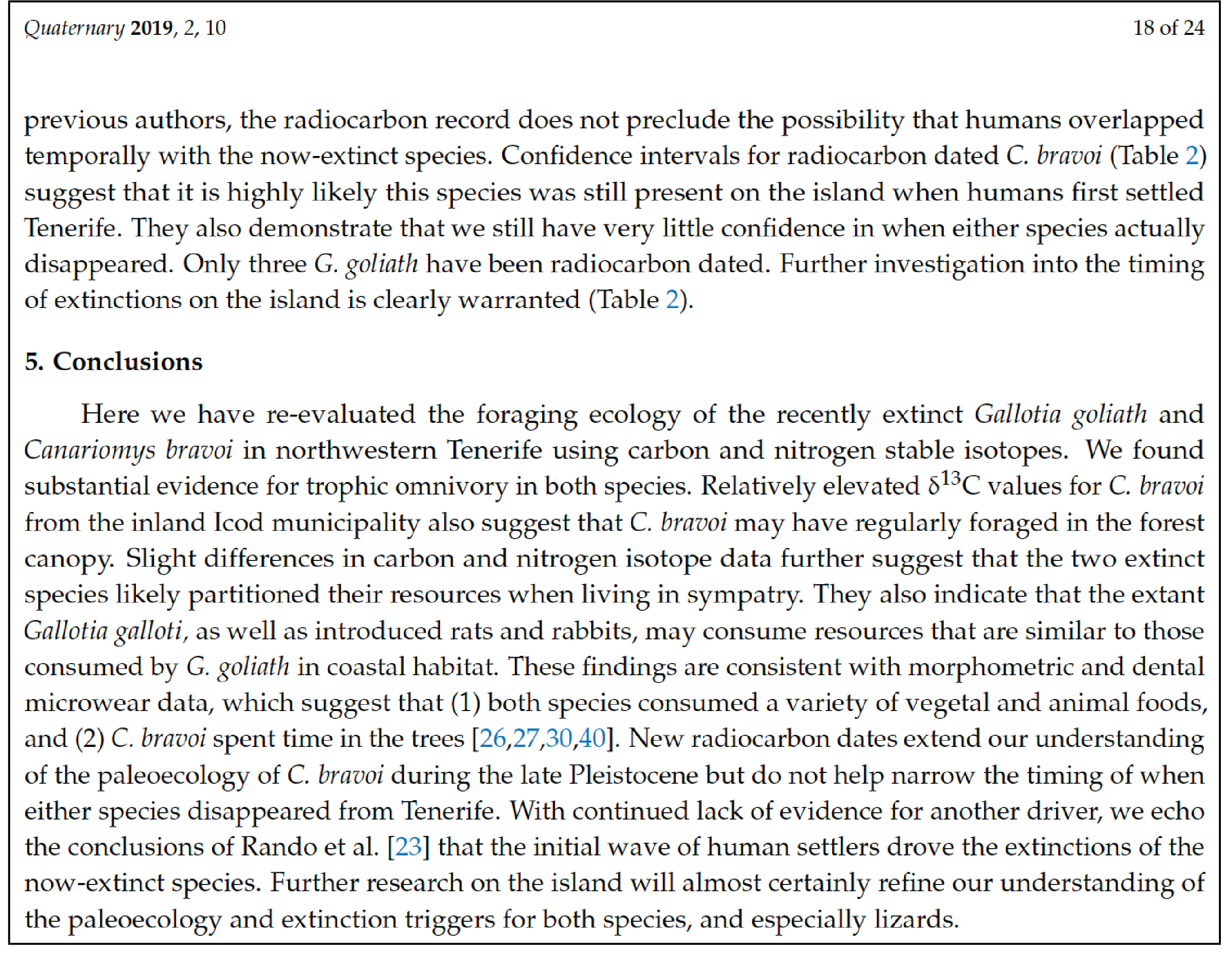6 Writing the Discussion and Conclusion Sections
6.1 Discussion
This section discusses your results, presenting the “so what,” or “why should the reader care” about your research. This is where you explain what you think the results show. Tell the reader the significance of your document by discussing how the results fit with what is already known as you discussed in your introduction, how the results compare with what is expected, or why are there unexpected results. Here are some words to get you thinking about this section: evaluate, interpret, examine, qualify, etc.
Start by either summarizing the the information in this section or by stating the validity of the hypothesis. This allows readers to see upfront your interpretation of the data. End the discussion by summarizing why the results matter.
Writing tips:
Do:
- Summarize the most important findings at the beginning (1-3 sentences)
- Describe patterns and relationships shown in your results
- Explain how results relate to expectations and literature cited in Introduction
- Explain contradictions and exceptions
- Describe need for future research (if no Conclusion section)
Don’t:
- Overgeneralize, use specific supported statements
- Ignore unexpected results or deviations from your data
- Speculate conclusions that cannot be tested in the foreseeable future.

6.2 Conclusion
The Discussion usually serves as the conclusion. If there is a separate conclusion section then it should be brief, only one or two paragraphs. In the conclusion typically authors offer either recommendations or future perspectives for the research. Figs. 2.9 and 2.10 show the Discussion and Conclusion sections from the sample paper.


